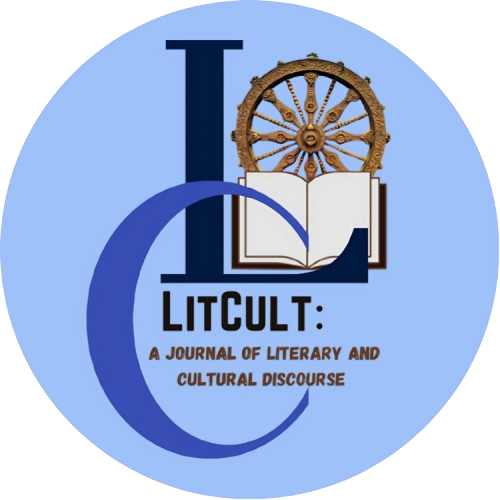The Mythic in the Legendary, and Vice Versa: A Theoretical-Analytical Appraisal of the Kumauni Legend of Haru Singh Heet
Abstract
Since the subject of the study in the paper is a mythic legend, it delves – to begin with – just deep enough into the discipline of folklore to delineate its range and thematic contours. Having done that, and having also attempted to define folklore and its functions, the paper goes on to briefly discuss and define legend as a subgenre of folklore. In order to do so, the paper refers to and cites from the authentic works of well-established scholars in the field of folklore studies. The purpose of this part of the paper is to lay the general theoretical groundwork on which to build the analysis of the legend that follows in the second part. In the second part, the paper takes up for an analytical appraisal and contextual interpretation the Kumauni legend of Haru Singh Heet which originated not earlier than, roughly, some 200 years ago. The time of the origin of the legend is located at an interesting juncture in the history of Kumaun when the region was a part of the Gorkhali Empire that had its imperial seat in Kathmandu. The paper makes a close study and analysis of the text of the mythic legend as recorded by Kheemanand Sharma and published in 1975. The analysis follows the chronology of the tale from the opening of the narration to the end. The idea behind this method of analysis is to bring out and critically comment on the happenings and events in the legend that track a familiar pattern of the arrival of a folk-hero on scene, his growth and development in the relevant senses of the words, and his epical journey to and from his prize and/or goal. As it happens in some popular myths and legends of the world, the hero of the legend under study in the paper dies, too, but earns an eternity in and through the ritualistic singing and ceremonial performance of the tale at some local events like ‘Jagar’.
